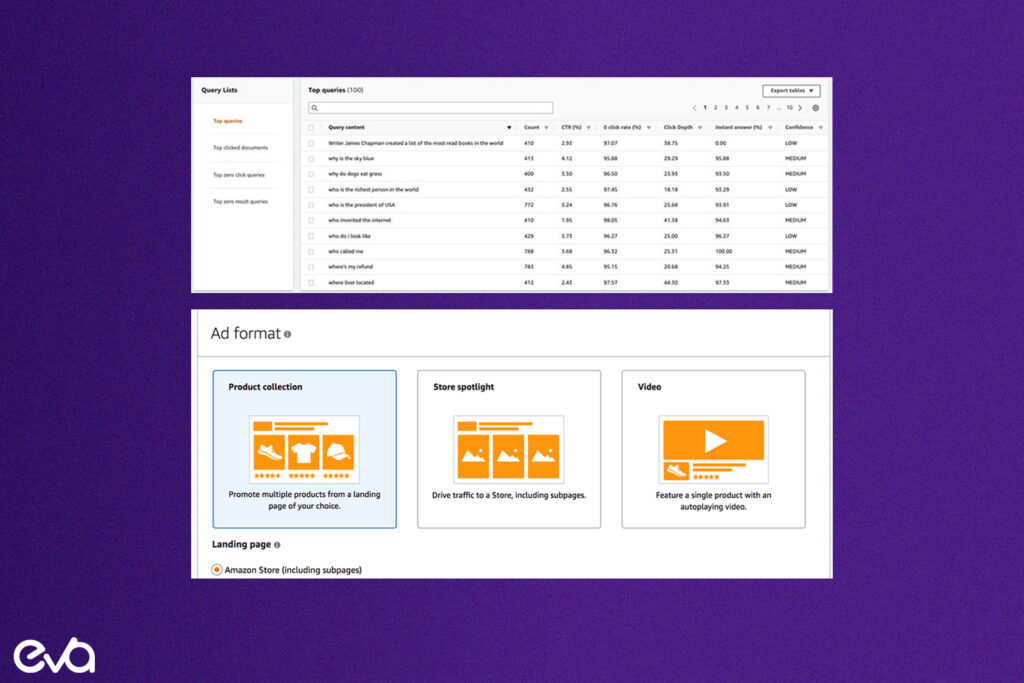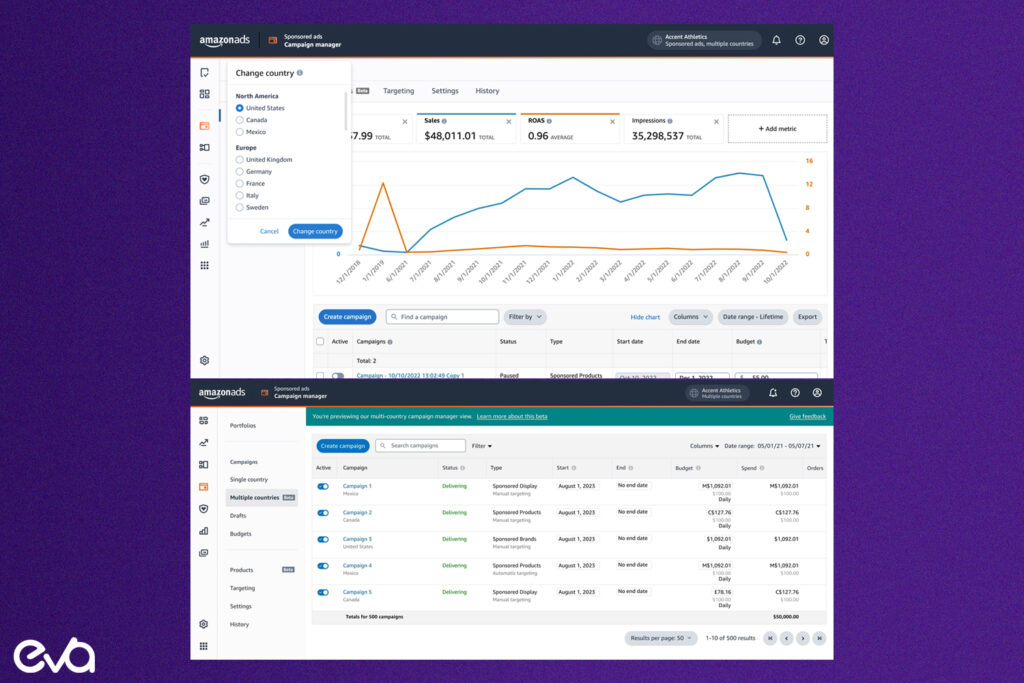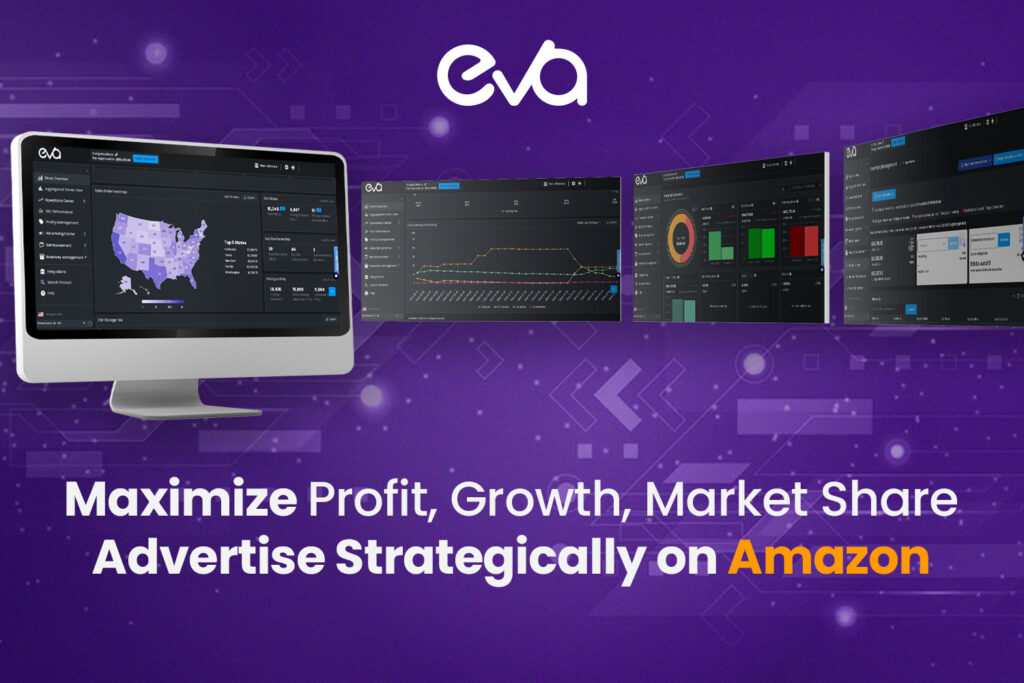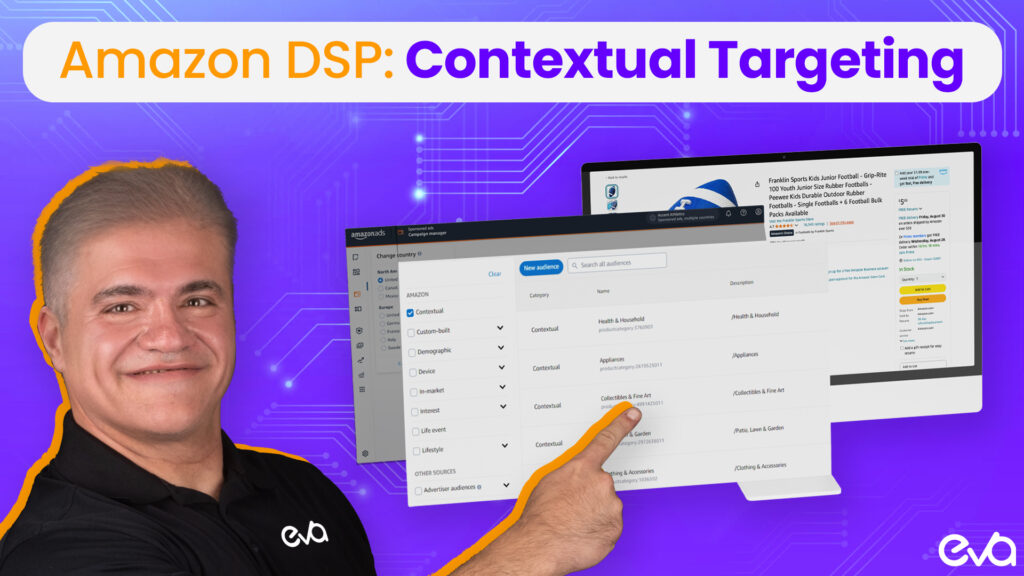Table of Contents
- Introduction
- What Is Contextual Targeting in Advertising?
- Contextual Targeting vs. Behavioral Targeting
- Types of Contextual Targeting
- How Contextual Targeting Works
- Benefits of Contextual Targeting
- Contextual Targeting Solutions That Deliver Results
- Choosing the Right Contextual Targeting Solution
- Contextual Targeting in Sensitive Verticals
- Mythbusting Contextual Advertising
- How Eva Guru Can Help with Your Audience Targeting
- Conclusion
- FAQs
Introduction
Amazon Demand-Side Platform (DSP) is a game-changer in the world of digital advertising, allowing brands to reach their target audiences through programmatic ad buying.
As privacy concerns increase and the use of third-party cookies declines, advertisers are turning to Amazon DSP’s contextual targeting capabilities.
Contextual targeting is a powerful tool that places ads based on the content of web pages, ensuring they reach the right audience at the right time.
This method not only respects user privacy but also boosts ad relevance and performance.
What Is Contextual Targeting in Advertising?
Understanding Contextual Targeting
Contextual targeting involves placing ads on web pages that match the ad’s content. This strategy does not rely on user data but rather on the context of the web page, such as its text, images, and overall theme.
For example, an ad for sports shoes would appear on a webpage about fitness or running, making it more relevant to the audience.
Why Contextual Targeting Is Gaining Popularity
As privacy regulations become stricter, contextual targeting is regaining popularity. This method does not require user tracking or third-party cookies, making it a more privacy-friendly option.
It focuses on the content being consumed rather than the user’s behavior, ensuring ads are shown in the right context and improving user experience.

Why Targeting Matters in Digital Advertising
Targeting is crucial in digital advertising because it ensures your ads reach the most relevant audience. Effective targeting means your ads appear to people who are most likely to be interested in your product or service, which increases engagement and conversion rates.
With the shift away from third-party cookies, contextual targeting is becoming more important. It allows advertisers to place ads based on the content users are viewing, rather than their browsing history, aligning with the growing demand for privacy-friendly advertising.
Contextual Targeting vs. Behavioral Targeting
What Is Behavioral Targeting?
Behavioral targeting is an advertising method that uses data on a user’s past behavior, such as browsing history and previous searches, to show relevant ads.
This strategy aims to predict what users are interested in based on their actions online.
Key Differences Between Contextual and Behavioral Targeting
While both methods aim to display relevant ads, they differ significantly. Contextual targeting bases ads on the content of a webpage, while behavioral targeting focuses on user behavior.
Contextual targeting is more privacy-friendly as it doesn’t track users, whereas behavioral targeting provides highly personalized ads based on user data.
When to Use Contextual vs. Behavioral Targeting
Use contextual targeting when privacy is a priority, or when you want to align ads with specific content themes.
It is ideal for brand awareness campaigns and reaching audiences based on content relevance. Behavioral targeting is best for retargeting users who have shown interest in your products or services.
Types of Contextual Targeting
Category Contextual Targeting
Category contextual targeting places ads based on the overall category of a webpage, such as sports or fashion. This type is useful for broad campaigns targeting a general interest area.
Example: Ads for gym equipment appearing on health and wellness websites.
Keyword Contextual Targeting
Keyword contextual targeting involves placing ads based on specific keywords found in the webpage content. Advertisers select relevant keywords, and ads appear on pages where these keywords are present.
Example: A travel company using keywords like “vacation deals” to display ads on travel blogs.
Semantic Contextual Targeting
Semantic contextual targeting goes beyond keywords to understand the meaning behind content, allowing for more accurate ad placements.
This method provides a better user experience by ensuring ads are contextually appropriate.
Advantages: Reduces the risk of ad mismatches and enhances user engagement by aligning ads with the actual meaning of content.
Keyword Rule Targeting
Keyword rule targeting allows advertisers to set specific rules for keyword usage, ensuring ads appear only in highly relevant contexts. This type of targeting provides more control over ad placements.
Use Cases: Ideal for brands with strict guidelines or niche markets where precise context is crucial.

How Contextual Targeting Works
The Process of Contextual Keyword Targeting
Contextual keyword targeting scans webpage content for specific keywords and places ads accordingly. This process involves identifying relevant pages based on keyword matches to ensure ads are shown in suitable contexts.
Example: An eco-friendly brand using keywords like “sustainable living” to target ads on environmental blogs.
What Are Contextual Ads?
Contextual ads are digital ads that appear on web pages matching the ad’s theme. Unlike other ads, they focus on content alignment, providing a seamless and relevant advertising experience.
Effectiveness: Contextual ads can drive higher engagement because they are more relevant to the content users are currently viewing.
Tuning Into a Receptive Audience
Contextual targeting allows advertisers to reach users when they are in the right mindset to engage with an ad. By placing ads in relevant contexts, advertisers can enhance the likelihood of user interaction.
How Marketers Use Contextual Targeting
Marketers use various strategies to implement contextual targeting effectively, such as selecting high-performing keywords and leveraging semantic analysis to enhance ad relevance. Platforms like Amazon DSP offer tools that make this process easier and more effective.

Benefits of Contextual Targeting
Maximizing Campaign ROI
Contextual targeting increases ad relevance, leading to higher engagement and conversion rates. By focusing on content alignment, it reduces wasted ad spend and is more cost-effective than other methods.
Optimizing Quality Media Investments
Contextual targeting ensures ads are placed on high-quality, relevant content, which enhances brand image and user trust. Brands using this method often see improved ROI and engagement as ads resonate more with the audience.

Contextual Targeting Solutions That Deliver Results
Overview of Available Solutions
Various contextual targeting solutions are available, each offering unique features. Amazon DSP is a leading platform that provides robust tools for aligning ads with relevant content.
How IAS Enhances Contextual Targeting
Integral Ad Science (IAS) offers solutions that ensure ads are placed in the right context, improving viewability and brand safety. Many brands have successfully used IAS to enhance their ad campaigns.

Choosing the Right Contextual Targeting Solution
Factors to Consider
When choosing a contextual targeting solution, consider content relevance, integration with existing tools, and ease of use. The right solution should seamlessly fit into your overall advertising strategy.
Vendor Comparison
Compare top vendors based on features, ease of use, and pricing. Make sure to select a solution that aligns with your campaign goals and provides the best return on investment.
Contextual Targeting in Sensitive Verticals
Challenges in Sensitive Verticals
Sensitive verticals like healthcare and finance require careful consideration in contextual targeting due to stricter regulations and the need for brand safety.
Best Practices: Ensure compliance with all regulations and use precise targeting to maintain brand safety.
Mythbusting Contextual Advertising
Common Misconceptions
- Myth 1: “Contextual targeting is less effective than behavioral targeting.”
- Myth 2: “Contextual targeting doesn’t offer personalization.”
Reality Check
Contextual targeting can be highly effective and personalized. It aligns ads with relevant content, enhancing user experience and driving engagement without the need for intrusive data collection.
Expert Opinion: Industry experts agree that contextual targeting is a viable and effective alternative to behavioral targeting, especially in a privacy-conscious world.
How Eva Guru Can Help with Your Audience Targeting
Eva Guru’s Unique Features
Eva Guru offers advanced features that help advertisers target audiences through contextual methods, ensuring enhanced precision and better campaign performance.
Benefits for Advertisers
With Eva Guru, advertisers can make real-time adjustments, optimize their campaigns, and achieve higher ROI by targeting the right audience at the right time.

Conclusion
Contextual targeting is a powerful tool for advertisers looking to enhance ad relevance and performance while respecting user privacy.
It aligns ads with relevant content, driving higher engagement and maximizing ROI.
Ready to optimize your ad campaigns with contextual targeting? Explore how Eva can help you achieve better results today!
FAQs
Amazon DSP uses contextual targeting to place ads based on the content of web pages, ensuring ads are relevant to the page’s theme.
Yes, contextual targeting can be tailored to suit various industries, including sensitive ones like healthcare and finance.
Focus on selecting high-performing, relevant keywords that align with your target audience and campaign goals.








